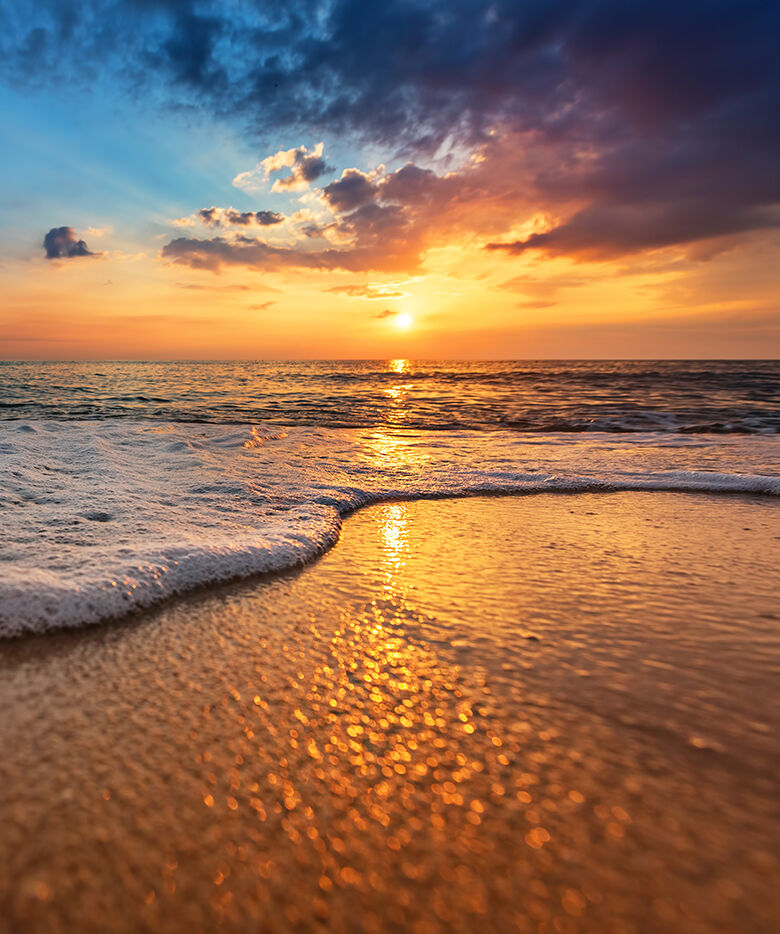The population and infrastructure growth of the Cayman Islands demands more electricity. When thinking about our power grid and future energy needs, it is critical that we plan for where that energy will come from.
The Government’s National Energy Policy goal is for the country to derive 70% of its power from renewable energy sources by 2037. Read on to learn more about renewable energy, its different sources and its advantages and challenges.
- The population and infrastructure growth of the Cayman Islands demands more electricity. When thinking about our power grid and future energy needs, it is critical that we plan for where that energy will come from.
The Government’s National Energy Policy goal is for the country to derive 70% of its power from renewable energy sources by 2037. Read on to learn more about renewable energy, its different sources and its advantages and challenges.
What is renewable energy?
Renewable energy is derived from natural sources such as sunlight and wind, which are replenished at a higher rate than they are consumed. Thus, they cannot be depleted from the earth when used.

What is renewable energy?
Renewable energy is derived from natural sources such as sunlight and wind, which are replenished at a higher rate than they are consumed. Thus, they cannot be depleted from the earth when used.

How is renewable energy different from
non-renewable energy?
Fossil fuels, such as coal and diesel are non-renewable resources that take hundreds of millions of years to form within the earth. Fossil fuels are burned to produce energy. However, this process creates harmful greenhouse gas emissions.
How is renewable energy different from non-renewable energy?
Fossil fuels, such as coal and diesel are non-renewable resources that take hundreds of millions of years to form within the earth. Fossil fuels are burned to produce energy. However, this process creates harmful greenhouse gas emissions.
Generating electricity from renewable energy creates far fewer emissions than burning fossil fuels. Transitioning from fossil fuels, which currently account for the majority of global emissions, to renewable energy is key to addressing the climate crisis.
While we currently rely upon non-renewable sources for a majority of our energy production, we make every effort to reduce air emissions at our plant.
Our commitment to the environment is reflected in our Environmental Management System (EMS), designed to meet the International Standardization Organization (ISO) 14001 requirements.
CUC was first registered to the ISO 14001 standard in 2004, the first and only organisation in the Cayman Islands to achieve this third-party registration. We sought to abide by international standards without any legal requirements to do so.
We hold ourselves to the highest standards and we willingly submit to external audits to ensure our compliance.
Why isn’t renewable energy everywhere now? Why isn’t it our major source of energy?
Renewable energy options for Grand Cayman are limited by the nature of our land.
For example, hydropower typically requires rivers and wind energy requires a large footprint. But sunshine? We have that in droves!
Below are the three major challenges utility companies have faced during the adoption of large scale solar and the solutions to these challenges, that CUC is already in the process of implementing.
